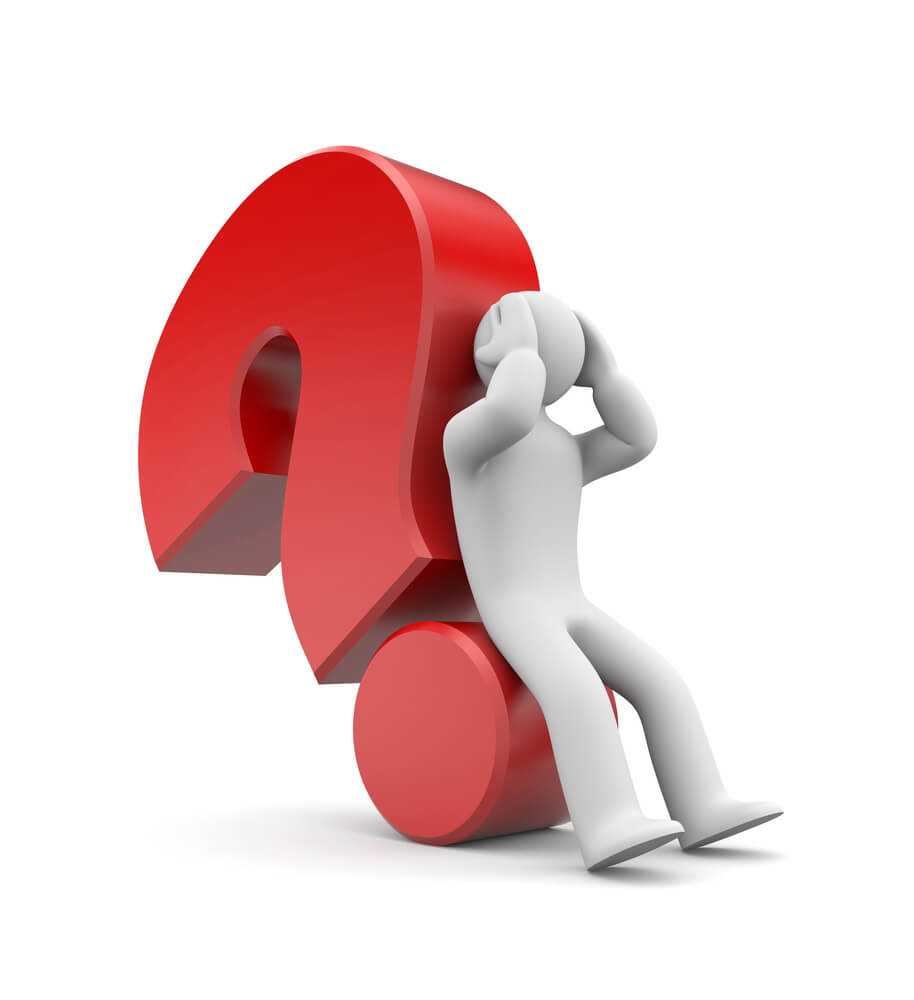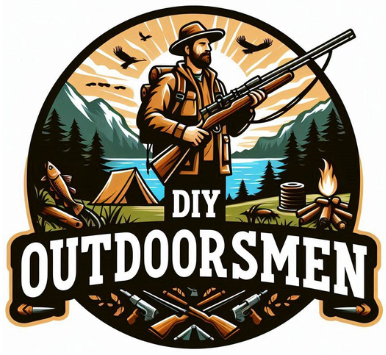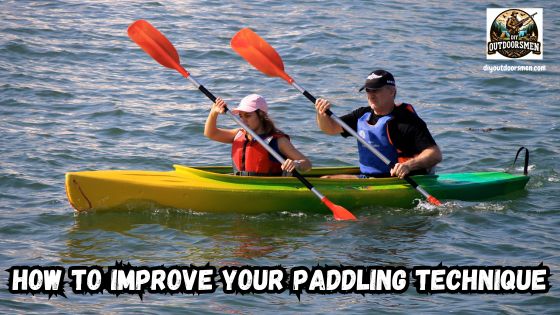Contents
- 1 Essential Elements for Stepping Up Your Paddling Technique
- 2 Getting Started with Technique Improvement
- 3 Quick Guide to Strengthening Your Stroke
- 4 Considerations Before Committing to Technique Improvements
- 5 Advanced Paddling Tips and Tricks
- 6 Frequently Asked Questions on Paddling Techniques
- 6.0.1 What is the best starting point for improving my paddling technique?
- 6.0.2 How long does it take to see noticeable improvements?
- 6.0.3 Should I invest in a coach or trainer?
- 6.0.4 How do weather and water conditions affect technique improvement?
- 6.0.5 Is it important to stick to one type of paddle?
- 7 Additional Insights and Personal Tips
- 8 Final Thoughts on Improving Your Paddling Technique
I have spent a lot of time on the water and learned through trial and error that improving my paddling technique brings more enjoyment and efficiency to every session. Whether you are a beginner just starting out or an experienced paddler aiming for smoother strokes, refining your technique can make a noticeable difference in your performance.
QUICK LOOK: Tips for Improving Your Paddling Technique
- Proper Grip and Paddle Alignment: I found that holding the paddle correctly and ensuring that its blade enters the water at the right angle are critical. This helps to engage the water properly and increases your propulsion.
- Body Position: Paddling is not just about arm strength; it requires the full use of your core muscles. Positioning your body correctly, with a stable core and balanced weight distribution, can help improve stroke efficiency.
- Stroke Mechanics: Every paddle stroke is a combination of movement and timing. Learning to synchronize your paddle entry, catch, pull, and exit has been key to reducing unnecessary strain while maximizing forward momentum.
- Practice Slow Motion Drills: By slowing down every part of the stroke, I was able to notice and correct any inconsistencies in form.
- Use Visual Aids: I even placed a small mirror on my boat on calm days to catch my form in real time. A GoPro to video yourself can be a great teaching tool.
- Water Conditions: The environment has a significant impact on technique. Calm waters are ideal for practicing flawless form, while rougher conditions require you to adapt and maintain stability. I always check the forecast before heading out to ensure a safe session.
- Proper Warm-Up: Engaging in light stretching and warm-up exercises prepares my muscles and joints for the activity. This helps prevent muscle strain and allows for more efficient movements.
- Equipment Suitability: Not all paddles and boats suit every paddler. I had to try different equipment until I found what best matched my build and style. Ensuring that your paddle’s length and weight are appropriate can make a world of difference.
- Regular Check on Technique: Periodic assessments of your technique, either by self-review or with the help of a coach, are important. Feedback helps pinpoint areas that might need adjustment.
In this article, I share several expert tips and tricks that have helped me optimize my paddling style, so you can paddle more comfortably and effectively.
Essential Elements for Stepping Up Your Paddling Technique
Improving your paddling technique starts with understanding the key elements that contribute to efficient movement. I quickly learned that focusing on equipment, stroke mechanics, and body posture has a profound influence on how well you paddle.
Using a well-balanced paddle and a vessel that suits your body and skill level can reduce fatigue while allowing you to tap into energy with each stroke. If you are serious about refining your skills, consider these aspects as the foundation for improvement:
- Proper Grip and Paddle Alignment: I found that holding the paddle correctly and ensuring that its blade enters the water at the right angle are critical. This helps to engage the water properly and increases your propulsion.
- Body Position: Paddling is not just about arm strength; it requires the full use of your core muscles. Positioning your body correctly, with a stable core and balanced weight distribution, can help improve stroke efficiency.
- Stroke Mechanics: Every paddle stroke is a combination of movement and timing. Learning to synchronize your paddle entry, catch, pull, and exit has been key to reducing unnecessary strain while maximizing forward momentum.
I noticed that these elements are interrelated. Small adjustments, even in one area, can lead to an overall improvement in your paddling technique. Regular practice and careful self-review enable you to fine-tune each element for better efficiency.
Getting Started with Technique Improvement
Before I could master advanced moves, I had to focus on the basics. Getting started means practicing in a controlled environment where you can really pay attention to detail. Calm waters provide the best setting because they let me concentrate on my form without worrying too much about external disturbances.
I started by dedicating specific training sessions purely to technique. I practiced the fundamental paddle stroke in open spaces and took time to assess my posture. When I first began, I took breaks to watch my reflection in the water, analyzing what movements felt natural and which ones were inefficient. This kind of self-feedback is valuable. Here are some basic steps I followed to lay a strong foundation:
- Focus on Body Alignment: I made sure that my upper body was aligned and that I engaged my core on every stroke.
- Refine Your Grip: Holding the paddle too tightly can lead to tension. I experimented with a relaxed grip that let me manage the paddle with ease.
- Practice Slow Motion Drills: By slowing down every part of the stroke, I was able to notice and correct any inconsistencies in form.
- Use Visual Aids: I even placed a small mirror on my boat on calm days to catch my form in real time.
- Review and Adjust: After each session, I reviewed my performance and noted areas for improvement in a small journal dedicated to my paddling adventure.
This methodical practice set the stage for more advanced techniques. I realized that even though improvement takes time, a dedicated approach based on these fundamentals will yield noticeable results over the long run.
Quick Guide to Strengthening Your Stroke
Stepping up your stroking technique can feel like a challenge when you first start out. However, I stumbled upon the fact that following a structured routine helps in building muscle memory and endurance. Here is a quick guide that I have used over time to focus on effective stroke development:
- Ensure Consistent Paddle Entry: Paddle entry is critical. I work on ensuring that the paddle enters the water smoothly in line with my body, which decreases drag and improves efficiency.
- Engage Your Core Fully: Instead of relying solely on your arms, using your abdominal muscles not only boosts power but also helps maintain stability throughout the paddle stroke.
- Follow Through with Each Stroke: After pulling the paddle, I make sure to let it exit gracefully. A full, continuous stroke helps build strength and reduce fatigue over long distances.
- Alternate Strokes: Balance is key. I pay attention to ensure my strokes from both sides are consistent, which helps in steering and preventing drift.
- Monitor Your Breathing: In every session, I try to synchronize my breathing with my paddle strokes. This methodical approach keeps me relaxed and focused, even during intense intervals.
These steps are things that I practice frequently. They have become ingrained in my paddling routine, reminding me that regular, focused practice leads to continuous improvements in endurance and performance.
Considerations Before Committing to Technique Improvements
As with any physical activity, there are various factors to consider before refining your paddling technique. I have learned that careful planning and awareness of certain challenges can save you from unnecessary frustration down the line.
One of the key aspects is understanding your own physical limits. Paddling is a physically demanding sport that uses not only your arms but also your core and legs. Strengthening these areas gradually prevents injuries and leads to better performance over time. It is important to set realistic goals and remain patient with your progress.
Other considerations include:
- Water Conditions: The environment has a significant impact on technique. Calm waters are ideal for practicing flawless form, while rougher conditions require you to adapt and maintain stability. I always check the forecast before heading out to ensure a safe session.
- Proper Warm-Up: Engaging in light stretching and warm-up exercises prepares my muscles and joints for the activity. This helps prevent muscle strain and allows for more efficient movements.
- Equipment Suitability: Not all paddles and boats suit every paddler. I had to try different equipment until I found what best matched my build and style. Ensuring that your paddle’s length and weight are appropriate can make a world of difference.
- Regular Check on Technique: Periodic assessments of your technique, either by self-review or with the help of a coach, are important. Feedback helps pinpoint areas that might need adjustment.
In my experience, taking these factors into account not only helps in improving your comfort but also significantly influences your progression as you continue to hone your technique.
Advanced Paddling Tips and Tricks
Once you have mastered the basics, advancing your technique can open the door to smoother and more powerful strokes. I have experimented with several advanced drills and found them highly effective in taking my paddling skills to a new level. Here are some advanced tips that have proven beneficial for me:
Refine Your Stroke Angle: I pay close attention to the angle at which my paddle enters and exits the water. By adjusting this angle, I can reduce resistance and give a boost to the propulsion effect. This adjustment requires practice to integrate naturally into your stroke rhythm.
Incorporate Interval Training: Adding intervals of high-intensity paddling followed by recovery periods has boosted my stamina and improved my overall technique. This method not only increases endurance but also strengthens muscles that are very important for a consistent stroke.
Experiment with Drill Variations: I often mix up my routine with different drill variations, such as single paddle strokes or focusing solely on rotation and balance. This experimentation helps me understand how fine adjustments in my motion can impact overall performance.
Use Video Analysis: I set up a waterproof camera or ask a buddy to record my paddling sessions. Watching playback allows me to pinpoint subtle flaws in my technique and refine them with targeted practice. This visual feedback is an important tool for anyone serious about developing their skills.
Advanced techniques require commitment beyond the basics. They have helped me become more mindful of each movement, making each stroke more effective. By incorporating these drills into regular practice sessions, the benefits become evident over time.
Frequently Asked Questions on Paddling Techniques
I have often encountered questions about how to improve paddling technique, and I believe that sharing my personal experience can help answer some of those common queries.
What is the best starting point for improving my paddling technique?
Begin by mastering the basics. Focus on proper paddle grip, aligning your body correctly, and practicing slow-motion drills to build a strong foundation. This approach has been invaluable in my own progress.

How long does it take to see noticeable improvements?
Improvements depend on your routine and practice frequency. I found that with consistent effort over several weeks, even small adjustments can lead to significant performance gains. It is important to track your progress and celebrate incremental successes.
Should I invest in a coach or trainer?
While coaching is not necessary for everyone, having a coach can provide insights that might be hard to catch on your own. I consulted with experienced paddlers who offered feedback on my form and drills, and this guidance proved quite useful in shortening my learning curve.
How do weather and water conditions affect technique improvement?
Conditions can have a big impact. Calm waters allow you to focus on form and technique, while choppy or windy conditions require you to adapt and maintain balance. I always choose my training times based on weather conditions to maximize the effectiveness of practice sessions.
Is it important to stick to one type of paddle?
Not necessarily. Experimenting with different paddle lengths, weights, and materials can help you find what suits your body and style best. My own adventure involved trying several different types before I found one that felt just right.
Additional Insights and Personal Tips
Over the years, I have come to realize that progress in paddling is not achieved overnight. Consistently dedicating extra time to review and adjust my form has allowed me not only to correct mistakes but also to appreciate the subtle nuances of my movement. I have taken time on quiet mornings to simply enjoy the calm and learn from each paddle stroke.
Investing in the right gear can also be a game-changer. I have spent time researching and testing various paddles until I found one that perfectly matched my physique and style. The difference that a well-suited piece of equipment makes cannot be overstated; it truly adds to the overall experience and effectiveness on the water.
Moreover, setting small, achievable goals for each session has helped me maintain motivation. Whether it is improving paddle entry consistency or working on a balanced stroke, every minor achievement builds confidence. Over time, these incremental victories blend together to create measurable progress in your paddling adventure.
Another personal tip is to mix up your routine often. Trying out different drills and even occasionally paddling in challenging conditions can help you develop a robust skill set. This not only keeps training interesting but also teaches you how to adapt to sudden changes, ensuring that each outing on the water provides new learning opportunities.
Finally, don’t hesitate to reach out and get involved with a local paddling community. Sharing experiences and tips with fellow enthusiasts can offer fresh perspectives and motivate you to push your limits further. Regular discussions and feedback sessions have been an invaluable part of my improvement process.
Final Thoughts on Improving Your Paddling Technique
Improving your paddling technique has been a rewarding part of my outdoor experiences. From focusing on the basics, such as grip and posture, to engaging in advanced drills that fine-tune my stroke, every session on the water becomes more effective and enjoyable.
The adventure has taught me that attention to detail and regular practice are valuable investments in long-term performance. Each tip and trick that I have embraced builds on practical experience combined with consistent self-review.
I encourage paddlers of every level to pay attention to small adjustments. Whether you are refining your stroke angle or incorporating interval training into your routine, the progress you make will open the door to smoother, more controlled paddling.
The skills acquired in one session form the groundwork for exploration and enjoyment in all your future outings on the water. Start applying these techniques at your next outing. With each stroke, you will learn something new and improve your overall experience.
I remain committed to refining my approach because every paddle session is a step toward getting better. Enjoy the process and trust that careful practice brings noticeable benefits over time.
Remember, technique improvement is a continuous adventure. Focus on steady progress, and use both self-feedback and the advice of experienced paddlers to guide your practice. There is always room to step up your style, making each outing on the water not only more efficient but also more rewarding.
Most Recent Articles:
- Complete Guide On Tracking Game Animals

- DIY 4-Step Guide To Field Dressing And Quartering A Deer

- Night Vision Binoculars For Nocturnal Hunting

- The Science Behind Camouflage Patterns For Deer Hunting

- Binocular Accessories For Hunters

- 9 Tips for Using Trail Cameras To Track Deer Movements

As always, stay safe, enjoy the journey, and please try to leave it cleaner than you found it. If you have any comments, questions, ideas, or suggestions, please leave them in the comment section below, and I’ll get back to you ASAP. You can follow us on YouTube: Man Art Creations for videos of our DIY Adventures.
P.S. Thanks so much for checking out our blog; we really appreciate it. Just so you know, we may receive a commission if you click on some of the links that appear on our site. This helps us keep our content free and up-to-date for everyone. We appreciate your support!



